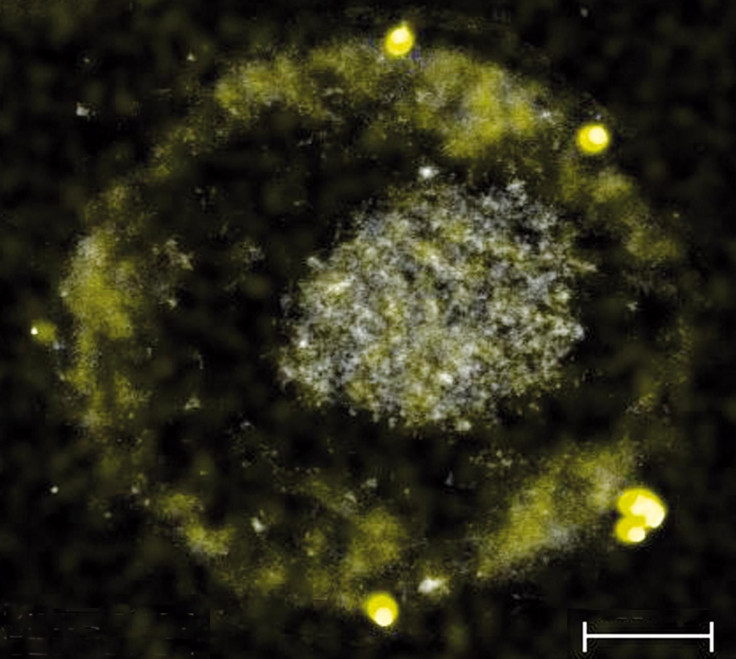Bacteria Make Gold Nuggets From Toxic Particles Of The Precious Metal

Gold is a precious commodity, but it is also present in the body of many living beings, including humans, in trace amounts. A tiny 0.02 percent of human blood is gold, but in high concentrations and in certain forms, the precious metal is toxic.
However, there is a bacterium that manages to absorb the toxic forms of gold and process them to make them harmless, producing microscopic gold nuggets in the process. It is called Cupriavidus metallidurans, and scientists have understood the molecular processes that take place inside the bacteria that allow them to do this.
C. metallidurans is a rod-shaped bacterium that lives in soil which is rich in a number of heavy metals, including gold. As minerals break down in the soil, toxic heavy metals are released into the surrounding environment, along with hydrogen. These toxic heavy elements, in the case of C. metallidurans, are mainly gold and copper.
“Apart from the toxic heavy metals, living conditions in these soils are not bad. There is enough hydrogen to conserve energy and nearly no competition. If an organism chooses to survive here, it has to find a way to protect itself from these toxic substances,” Dietrich H. Nies, a microbiologist at Martin-Luther-University Halle-Wittenberg (MLU) in Germany and a coauthor of a new paper on the subject, said in a statement Wednesday.
And the paper explains the way C. metallidurans protects itself. The bacterium absorbs both gold and copper from the soil, the latter being a vital trace element for it. Chemical processes between the two metals allow copper to be accumulated inside the bacterium, by converting both gold and copper into easily absorbable forms. Excess copper within the cell is usually pumped out through the action of an enzyme.
“However, when gold compounds are also present, the enzyme is suppressed and the toxic copper and gold compounds remain inside the cell. Copper and gold combined are actually more toxic than when they appear on their own,” Nies explained.
When this happens, another enzyme is activated by the bacteria, one that changes the copper and gold compounds into forms that could not be easily absorbed, thereby ensuring fewer molecules of the now-toxic substances reach the cell’s interior structure. And gold nuggets are produced as a byproduct.
“The bacterium is poisoned less and the enzyme that pumps out the copper can dispose of the excess copper unimpeded. Another consequence: the gold compounds that are difficult to absorb transform in the outer area of the cell into harmless gold nuggets only a few nanometres in size,” Nies said in the statement.
The gold produced by C. metallidurans is referred to as secondary gold, since it is not found in the primary source — ores. It is produced from toxic gold particles, which are themselves formed when ancient, geologically created gold breaks down in nature.
Most of the gold on Earth is probably in its core, to where it sank when the planet was still molten in its infancy. Most of the gold on the surface and even in the mantle is thought to have been brought here by asteroid impacts.
The study, titled “Synergistic gold–copper detoxification at the core of gold biomineralisation in Cupriavidus metallidurans,” appeared in the journal Metallomics, and apart from MLU, its authors included researchers from Technical University Munich in Garching, Germany, and University of Adelaide, Australia.
© Copyright IBTimes 2025. All rights reserved.



















